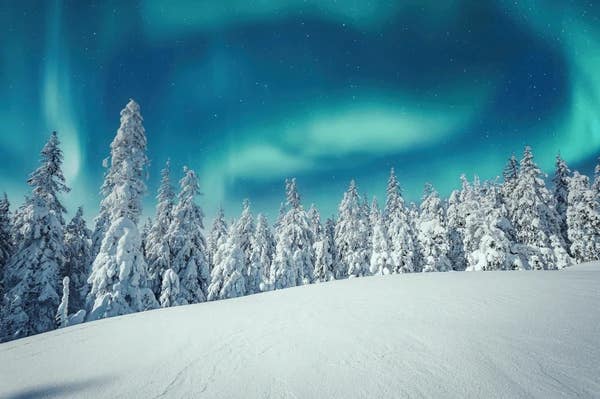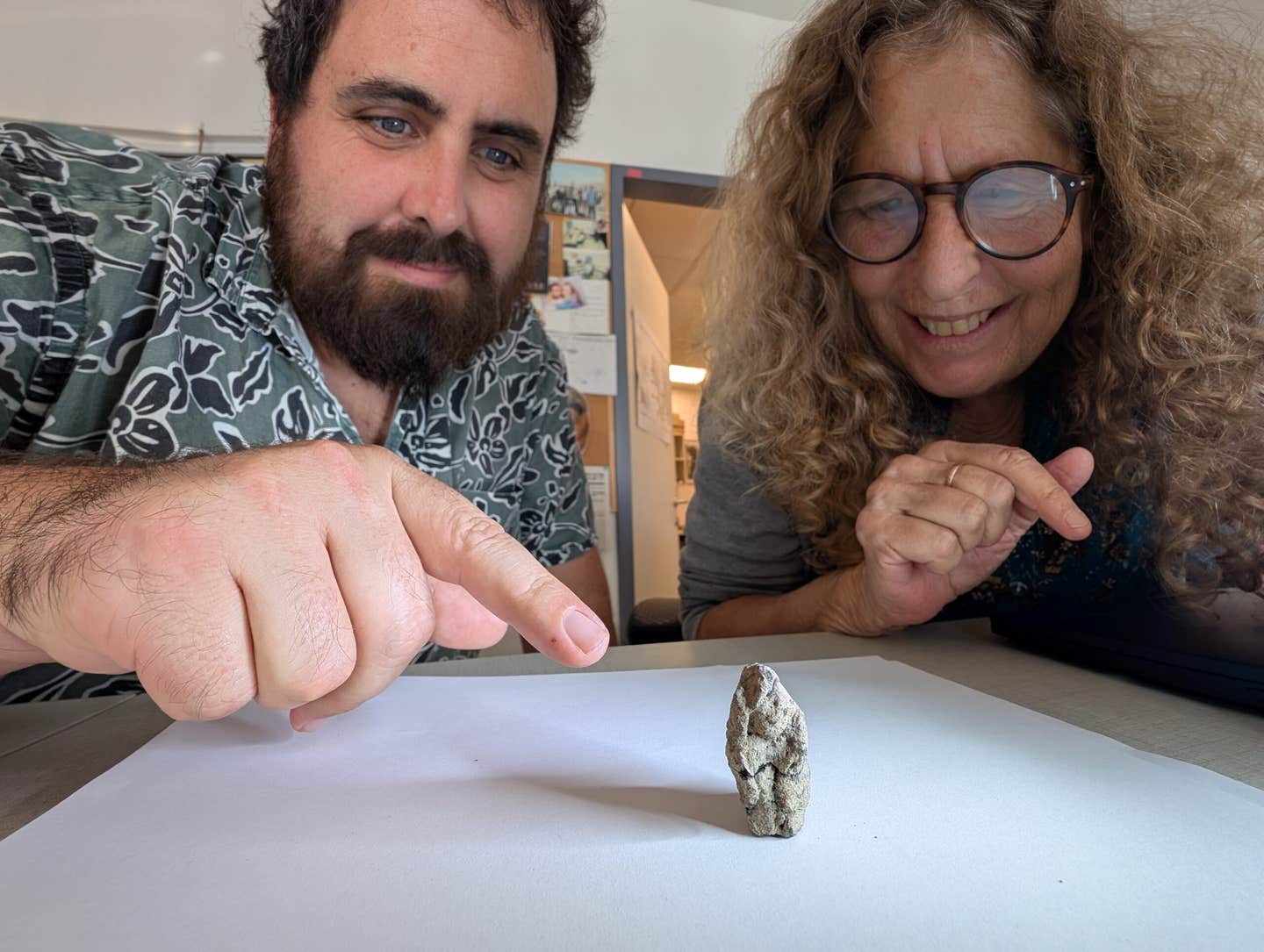Planting trees in the Arctic could have dire consequences
When trees are planted in the wrong places, they can do more harm than good—and in some cases, they may even speed up global warming.

Planting trees in high-latitude regions could worsen global warming instead of helping it. (CREDIT: Shutterstock Images)
Planting trees has become a widely praised, low-cost way to tackle climate change. Trees absorb carbon dioxide, helping to pull this major greenhouse gas from the air. Yet, when trees are planted in the wrong places, they can do more harm than good—and in some cases, they may even speed up global warming.
A study in Nature Geoscience points to high-latitude regions like the Arctic as especially risky sites for new forests. These cold areas may seem like good candidates for greening, but the science tells a different story. Planting trees there could actually intensify climate change rather than slow it.
The Risks of Tree Planting in the Arctic
One key reason lies just beneath the surface. Arctic soils hold more carbon than all the world’s vegetation combined. This frozen ground, or permafrost, acts as a massive carbon vault. But it’s fragile. Disturbing it with tree roots or by clearing land for planting could unlock enormous stores of carbon and send them back into the atmosphere.
“The semi-continuous daylight during spring and early summer, when snow is still present, makes the Arctic’s energy balance highly sensitive to surface darkening,” explains Assistant Professor Jeppe Kristensen from Aarhus University. Unlike white snow, which reflects sunlight, trees—green or brown—absorb it. This shift increases warming and changes the region’s energy balance.
On top of that, the Arctic is no stranger to natural hazards. Wildfires, droughts, and other climate-driven disturbances are becoming more common. These challenges pose serious risks to young forests. Homogeneous tree plantations, in particular, are fragile and struggle to adapt to changing conditions.
“This is a risky place to be a tree,” Kristensen adds, “especially when disturbances can release stored carbon back into the atmosphere within decades.” The Arctic may look empty and in need of life, but its carbon-rich soils are doing vital work. Interfering with that balance—no matter how well-intentioned—comes at a cost.
Related Stories
Beyond Carbon: Earth's Energy Balance
The climate debate has long centered on carbon emissions. Burning fossil fuels releases greenhouse gases, trapping heat in the atmosphere and driving global warming. However, researchers argue that in the Arctic, the albedo effect—the reflection of sunlight back into space—plays a more critical role in regulating Earth's energy balance.
High-latitude ecosystems, like tundra and mires, have evolved to reflect sunlight effectively. Replacing these reflective landscapes with darker tree canopies alters the albedo effect, converting more sunlight into heat.
“At high latitudes, how much sunlight is reflected back into space is more important than carbon storage for the total energy balance,” says Kristensen. This shift in energy dynamics undermines the perceived benefits of tree planting in these regions.
Holistic Approaches to Climate Solutions
Tree planting initiatives at high latitudes illustrate the complexities of nature-based climate solutions. Senior author Professor Marc Macias-Fauria of the University of Cambridge’s Scott Polar Research Institute emphasizes the need for a broader perspective. “A holistic approach is imperative if we’re going to make a difference in the real world,” he states.
While planting trees may address timber shortages, such initiatives should not be conflated with climate mitigation. According to Macias-Fauria, “Forestry in the far North should be treated like any other production system, compensating for its negative impacts on the climate and biodiversity. Selling northern afforestation as a climate solution only deceives ourselves.”
Researchers propose an alternative strategy: supporting sustainable populations of large herbivores like caribou. These animals play a crucial role in maintaining Arctic ecosystems. By grazing on vegetation, they help keep tundra landscapes open, preserving the albedo effect. Additionally, their foraging habits modify snow cover, reducing insulation and slowing permafrost thaw.
“There is ample evidence that large herbivores can affect plant communities and snow conditions in ways that result in net cooling,” says Macias-Fauria. Beyond climate benefits, these animals support biodiversity and serve as a fundamental resource for local communities.
Effective climate solutions must prioritize the needs of the people living in these fragile ecosystems. As Macias-Fauria concludes, “Biodiversity and local communities are not an added benefit to nature-based solutions; they are fundamental. Any such solutions must be led by the communities who live at the frontline of climate change.”
Note: Materials provided above by The Brighter Side of News. Content may be edited for style and length.
Like these kind of feel good stories? Get The Brighter Side of News' newsletter.



